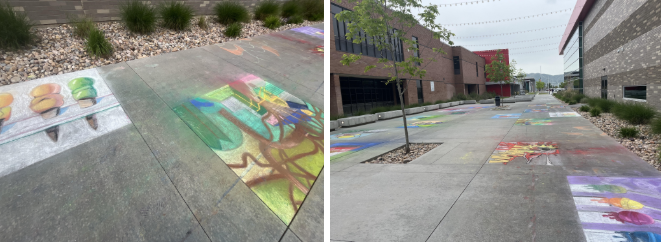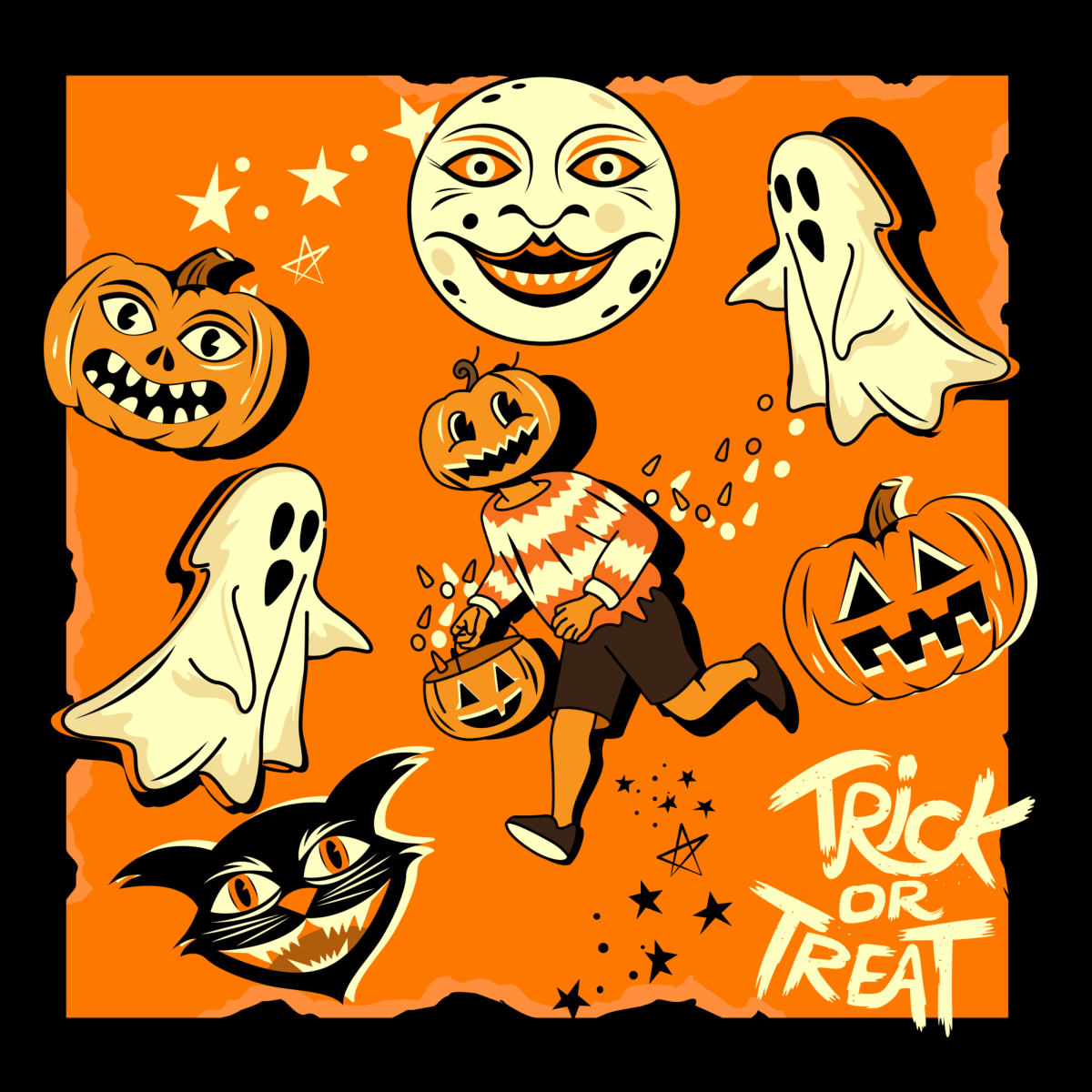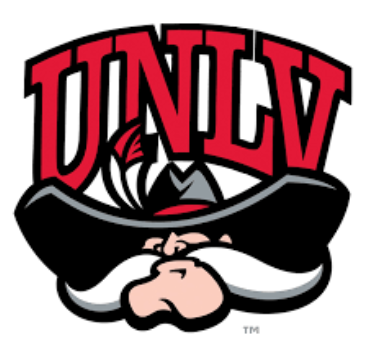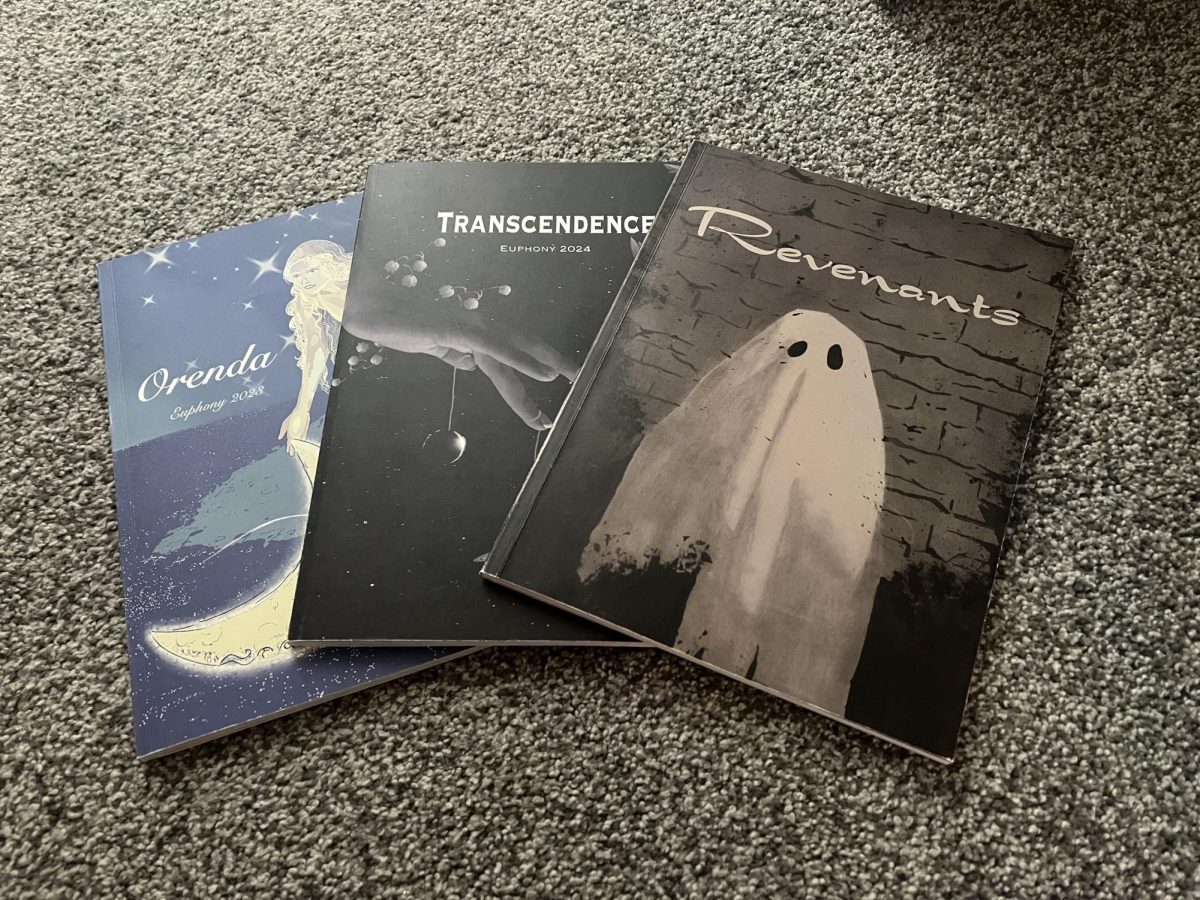Modern AI, like ChatGPT released at the end of 2022, has changed the world and art is no exception to that. Whether this is a good thing or not is heavily disputed. There is also the question of how it affects the classroom and art classrooms specifically. Is it cheating or just using a new tool?
This concept is somewhat ludicrous now, since most assignments are in fact online, but in 2001 the internet was new; even Youtube didn’t come out until four years later. It stands to reason that AI will be similar and slowly become a normal tool that schools are practically required to use, but these days are not quite here.
“It’s an ongoing challenge as to how to use it appropriately,” says Mr. Spenser-wise, Alta’s ceramics teacher, commenting on AI in the classroom. “There are some spots it would be appropriate to use that… but I worry especially for students that would do the whole tap out.”
This sentiment sheds some light into the worries of teachers with this new technology. At what point does it change from being a tool to a crutch? This line is difficult to define. A good rule is to think if the AI is making the work go faster, or just doing it. When it is the latter it has become a crutch. There is also the ethical dilemma. AI is a relatively broad term, relating to a machine’s ability to act like it has human-like intelligence. Many AI programs, especially art ones, use machine learning which is the process of showing a machine lots and lots of data until it learns what to do and is able to create the art itself. With art this is often problematic, as many of the artists whose work is being used as data are not compensated. AI can be a tool or a thief.
“I’m scared of people being really dumb in the future,” Cristina, a student at Alta said when asked about AI.
AI is another way for people to create things, but with new power comes new challenges. In the coming years, AI will change our classrooms and possibly what we learn.













